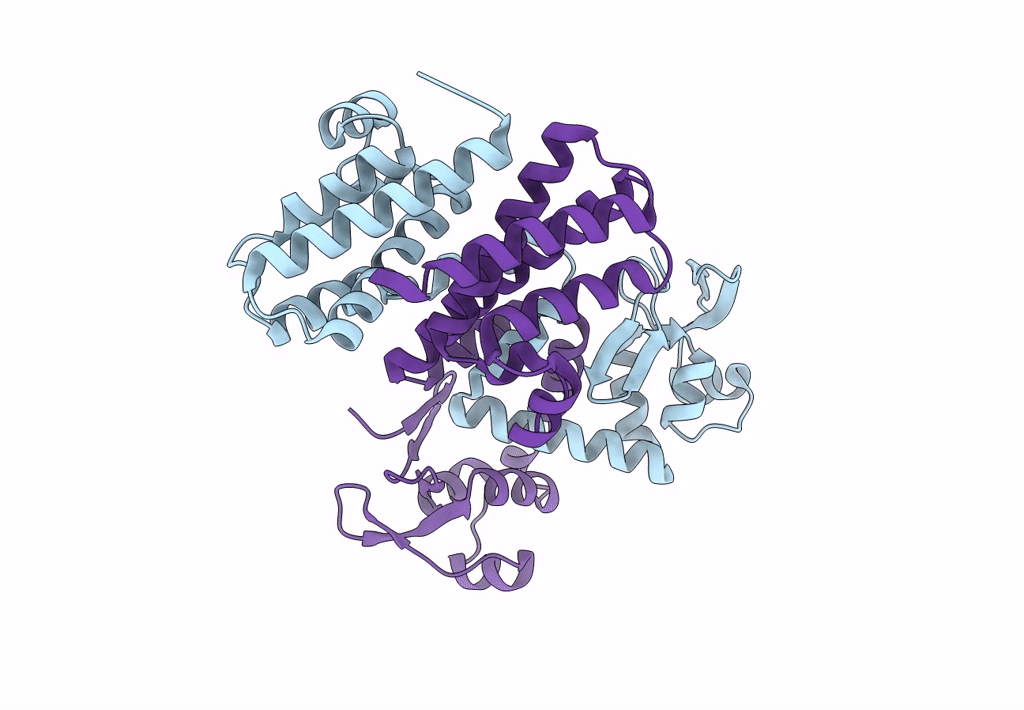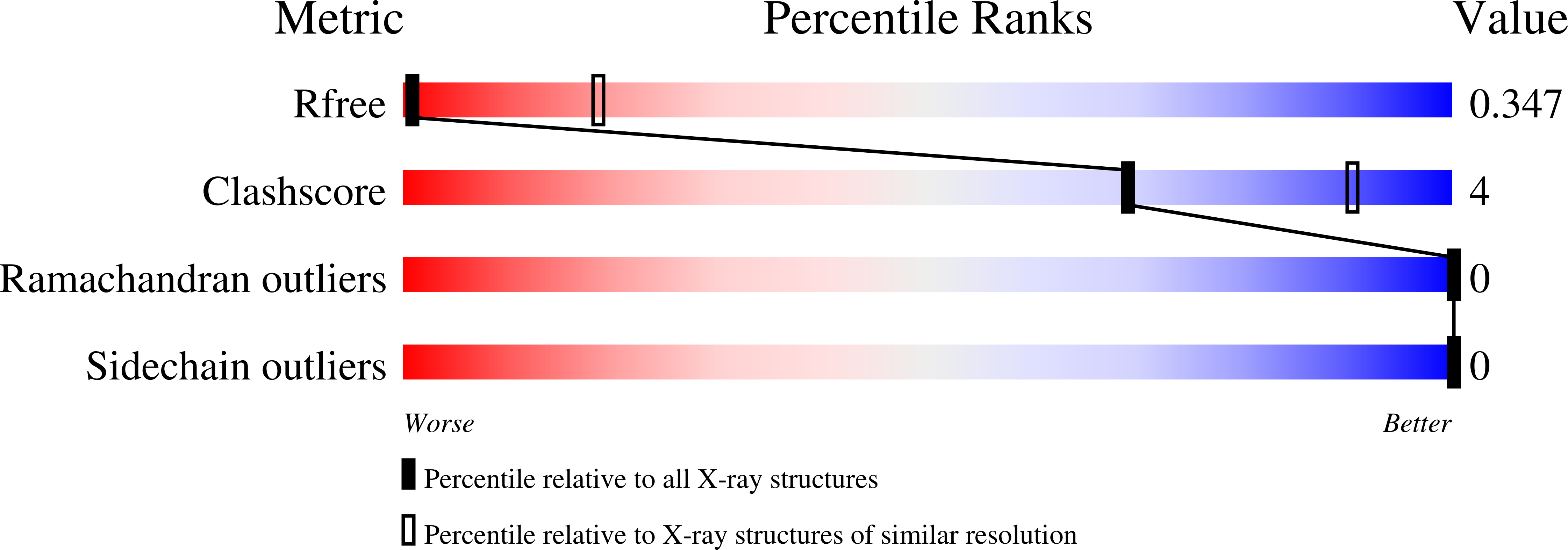
Deposition Date
2023-08-29
Release Date
2023-09-06
Last Version Date
2024-09-04
Entry Detail
PDB ID:
8U0G
Keywords:
Title:
Full-length dimer of DNA-Damage Response Protein C from Deinococcus radiodurans - Crystal form xMJ7124
Biological Source:
Source Organism:
Host Organism:
Method Details:
Experimental Method:
Resolution:
4.28 Å
R-Value Free:
0.34
R-Value Work:
0.25
R-Value Observed:
0.25
Space Group:
P 32 2 1


